Panoramic Photo Above:
Tiger Stadium, Detroit

Baseball History Comes Alive Now Ranked As a Top Five Website by Feedspot Among All Baseball History Websites and Blogs!
(Check out Feedspot's list of the Top 35 Baseball History websites and blogs)
Guest Submissions from Our Readers Always Welcome! Click for details
Visit the Baseball History Comes Alive Home Page
Subscribe to Baseball History Comes Alive
Free Bonus for Subscribing:
Gary’s Handy Dandy World Series Reference Guide
Boy…If there’s one category of major leaguers overlooked for a spot in the Hall of Fame, it’s coaches. There’s a wing for executives, umpires, and sportswriters…but for coaches, a big fat zero. Mike Janacek returns today with an interesting essay about Harry “the Cat” Brecheen showing why this blatant oversight should be rectified. Brecheen was a fine pitcher who later left his mark on the game as an outstanding pitching coach for the Orioles. He, and others like him, deserve recognition in the Hall. I hope you’ll take a few minutes to read Mike’s interesting essay. -GL
Harry “The Cat” Brecheen: Pitching Coach Par Excellence!
“[Harry Brecheen] was a real pressure guy. When he walked out onto the field, you knew a ‘take-charge’ guy was in the game.” -Joe Cronin
Some organizations are built on offense, while others rely on defense and dominant pitching. Champions, however, find success through the right balance of both. Fans often give most of the credit to the players who deliver the big hits, drive in the runs, or shut down opposing lineups. Yet behind every great team stands an equally essential but sometimes overlooked presence: the coaches. Great coaches have the ability to elevate players to the next level, keeping them focused and mentally prepared and maximizing their talent during a long and grueling season.
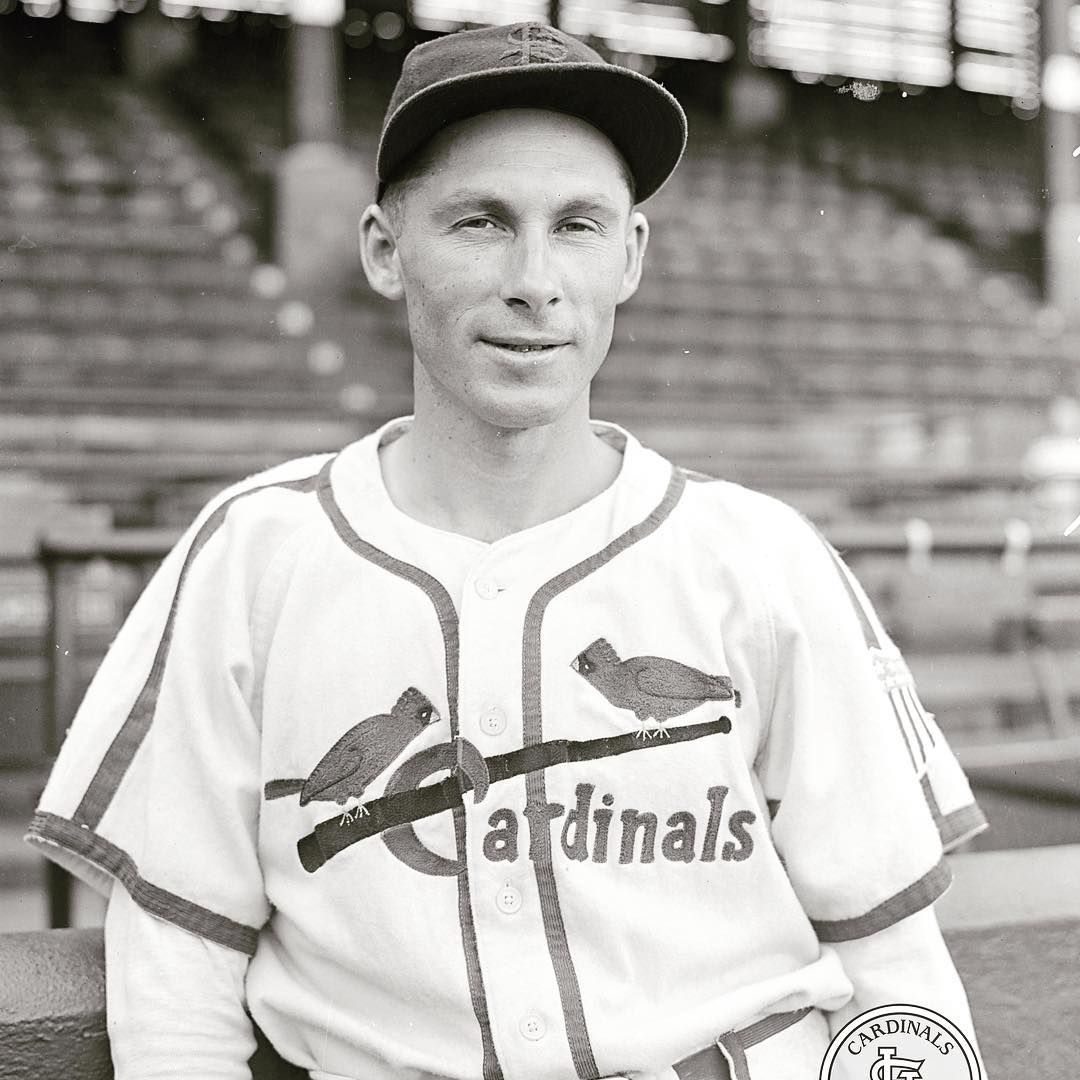
This is the story of Harry Brecheen—a fine left-handed pitcher who, after hanging up his spikes, became one of the game’s most respected and influential pitching coaches.
Brecheen began his professional career in 1935, at the age of 20, with Galveston in the Texas League. The St. Louis Cardinals acquired him in 1938, and after spending several years in the minors, he made his Major League debut in 1943. In his first full season, he appeared in 29 games—starting 13—and posted a 9–6 record with an impressive 2.29 ERA. That year, the Cardinals reached the World Series, where Brecheen made three relief appearances, working 3.1 innings and allowing just one run.
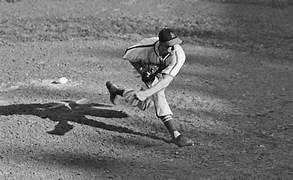
The following season, he posted a 16–5 record. Facing the St. Louis Browns in the 1944 World Series, Brecheen started Game Four and pitched a complete-game victory, surrendering only one run in a crucial win that helped propel the Cardinals to the championship.
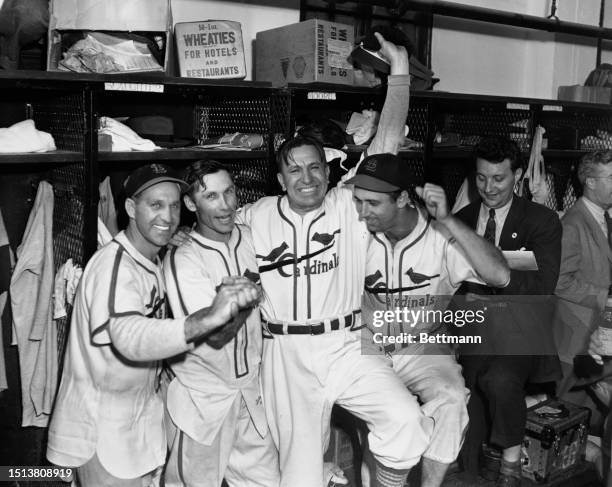
Brecheen’s most extraordinary moment came in the 1946 World Series, when the Cardinals upset the heavily favored Boston Red Sox in seven games. He appeared in three contests, starting Game Two with a complete-game shutout, then winning again in Game Six with another complete-game effort. Just two days later, he came out of the bullpen in Game Seven, working the final two innings as the Cardinals rallied to clinch the title. With that performance, Brecheen became the first left-hander ever to win three games in a single World Series—and remains the only pitcher in history to win back-to-back games in the Fall Classic.
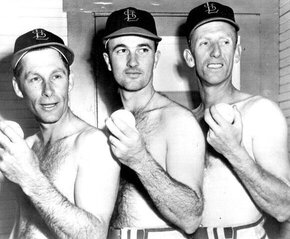
His finest overall season came in 1948, when he reached the coveted 20-win milestone with a 20–7 record. That year, he threw 21 complete games and led the League in ERA, strikeouts, and shutouts. Though it marked the peak of his career—he went 42–44 over the next five seasons—his career World Series ERA of 0.83 remained a Major League record until Jack Billingham broke it in 1976.
Even as his pitching performance and effectiveness declined, Brecheen remained a terrific asset to the Cardinals. Known as “The Cat,” he was a tireless student of the game who mentored both prospects and veterans. “The Cat has a great knack of working with young pitchers and imparting his knowledge,” said team owner Fred Saigh. 1
In 1952, Eddie Stanky—then the Cardinals’ third manager in as many years—named him a “pitcher-coach.” 2 Brecheen spent his final season as a player with the St. Louis Browns in 1953 before retiring due to arm trouble, finishing with a career record of 133–92 and a sterling 2.92 ERA.
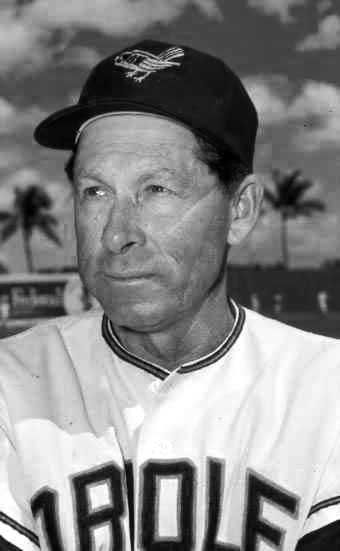
In 1954, the Browns were sold and relocated to Baltimore, becoming the Orioles in honor of the city’s longtime International League team, the Orioles. Brecheen transitioned smoothly into his next role as pitching coach. While the Browns had been one of the weakest franchises in American League history, the Orioles steadily developed into a model organization built on fundamentals and strong pitching.
Over Brecheen’s 14-year tenure as pitching coach, Baltimore’s staff ranked in the top four in ERA for ten consecutive seasons (1957–1966) and led the League four times. At a time when baseball was increasingly dominated by hard-throwing strikeout pitchers, Brecheen emphasized mechanics, command, and control. He guided the development of future All-Stars such as Jim Palmer, Dave McNally, Steve Barber, Chuck Estrada, and Milt Pappas, while also rejuvenating the careers of veterans. In 1959, he converted 36-year-old knuckleballer Hoyt Wilhelm into a starter, who promptly led the League in ERA. In 1961, he helped Robin Roberts, thought to be finished, rediscover his effectiveness.
The pinnacle of Brecheen’s coaching career arrived in the 1966 World Series, when Baltimore’s pitching staff overwhelmed the Los Angeles Dodgers. In an overwhelming performance, the Orioles gave up two earned runs over 36 innings to sweep the heavily favored Dodgers and solidified their reputation as one of baseball’s premier pitching teams, highlighting Brecheen’s enduring influence on the franchise.
Harry Brecheen’s legacy shines both on the mound and in the dugout. As a player, he was a key piece in securing World Series championships for the St. Louis Cardinals with his heroic pitching performances, thereby cementing his place in baseball history. As a pitching coach, he helped lay the foundation for Baltimore’s rise to prominence, building pitching staffs defined by control, discipline, and resilience. Few in the game have left such a dual imprint—both as a championship-winning pitcher and as a masterful teacher whose impact extended far beyond his playing days.
Mike Janacek
- The Sporting News, October 3, 1951, 15.
- The Sporting News, January 30, 1952, 13.
Gregory H. Wolf, “Harry Brecheen,” Society for American Baseball Research, accessed September 5, 2025
Opening quote from The Sporting News, June 6, 1951, accessed October 1, 2025 on: Harry Brecheen,” Society for American Baseball Research, by Gregory H. Wolf,
Subscribe to Baseball History Comes Alive. FREE BONUS for subscribing: Gary’s Handy Dandy World Series Reference Guide. https://wp.me/P7a04E-2he

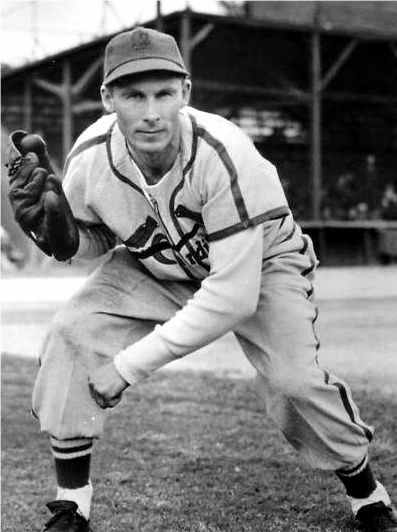

Harry “the cat” played on teams with Harry “the hat” (Walker).